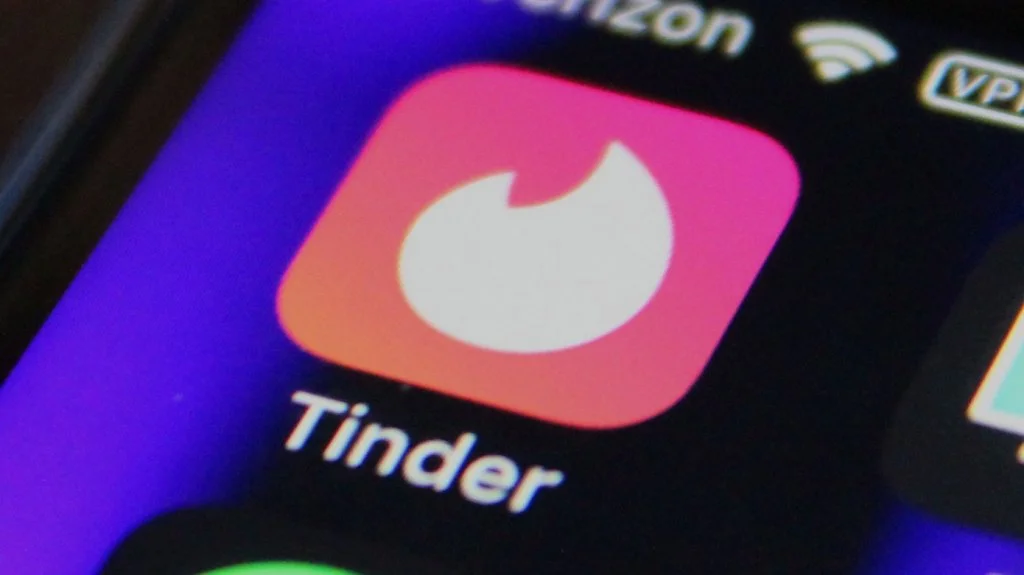
Tinder Tests Controversial Height Preference Feature: Superficiality or Smarter Matching?
Tinder, the dating app giant known for its swipe-based interface and heavy emphasis on appearance, is currently testing a new feature that's stirring up debate: a height preference setting. This feature, available to select Tinder Gold and Tinder Platinum subscribers, allows users to specify a desired height range for their potential matches. But is this a step towards more intentional connections, or a reinforcement of superficial beauty standards?
According to TechCrunch, the height preference option was first spotted by a Reddit user within the app's Discovery Settings. While setting a height preference won't outright exclude profiles outside that range, it will influence the recommendations Tinder serves up. This move formalizes what many users already express in their bios – specific preferences for physical attributes.

"This is part of a broader effort to help people connect more intentionally on Tinder," claims Tinder's VP of Comms, Phil Price Fry, in a statement to Engadget. He emphasizes the company's commitment to "prioritizing user outcomes, moving fast, and learning quickly." However, the timing of this test coincides with a reported 5% fall in paying users for Tinder's parent company, Match. This raises questions about whether the feature is truly about user experience or a strategy to boost premium subscriptions.
The feature’s introduction has sparked controversy, with some critics arguing that it promotes unrealistic beauty standards and reinforces existing biases, particularly against shorter men. The internet is already rife with examples of women stating height requirements in their profiles, and this feature may further normalize this trend. Tinder has even acknowledged the sensitivity around height in the past, joking about a "height verification" feature on April Fool's Day.

The company, however, maintains that the feature is not a "hard filter" and is intended to inform recommendations rather than exclude profiles. They are banking on this feature to be particularly attractive to female users, in hopes of driving premium tier subscriptions.
Only time will tell if the height preference feature becomes a permanent fixture on Tinder. Will it lead to more meaningful connections, or simply amplify existing anxieties about physical appearance in the world of online dating? What are your thoughts on Tinder's new height filter? Let us know in the comments below!